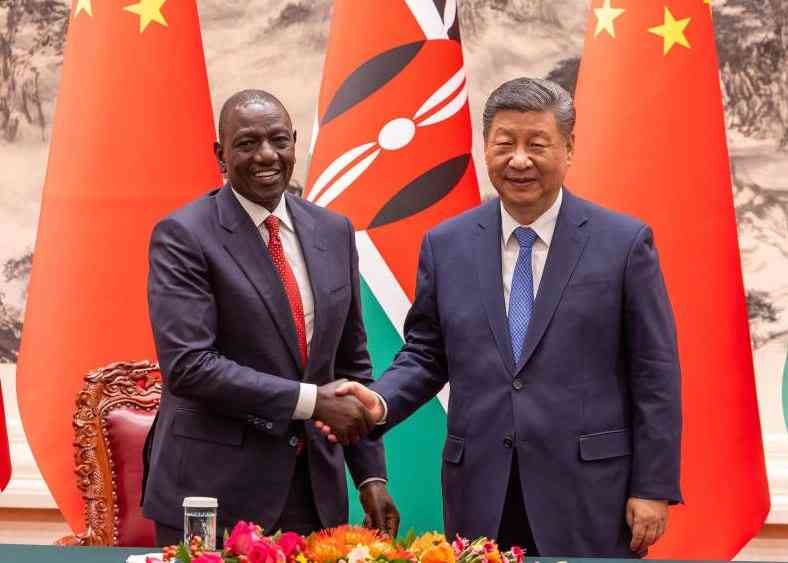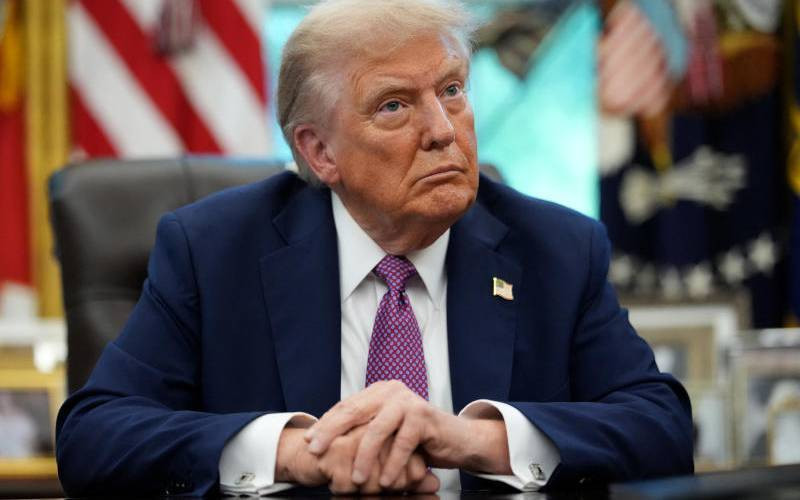×
The Standard e-Paper
Read Offline Anywhere

More than half of Kenya’s population are children, set to grow up in a world where mobile technology, social media, and online communities shape how they learn, communicate, and develop.
Technology has transcended poverty, age, economics, and race to become a driving force in the lives of people worldwide.







